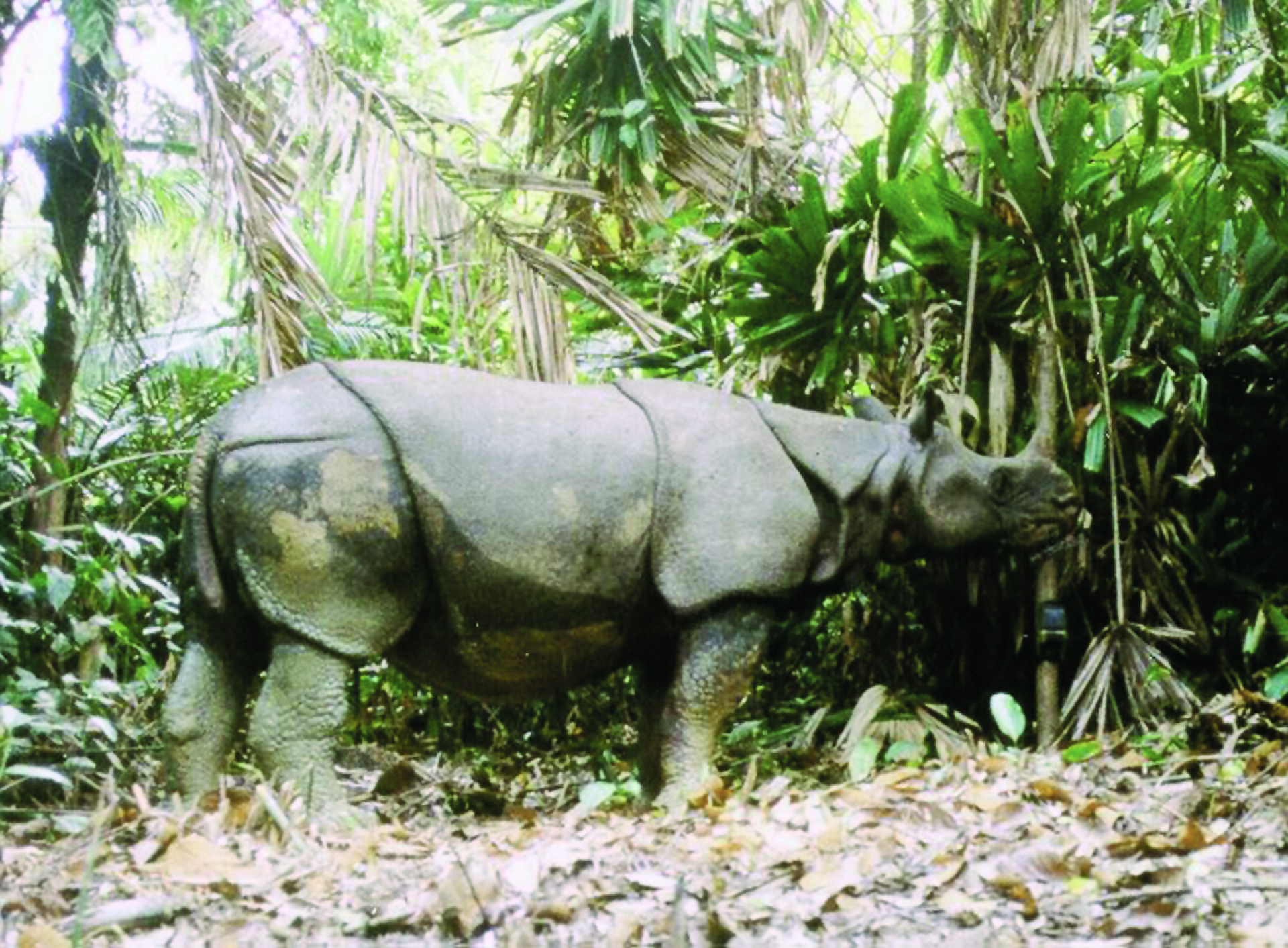Javan rhino are on the brink of extinction! Currently, the number of surviving rhino is thought to be around 70. This depleted population is largely to do with poaching, as these animals do not do badly in the wild.
Continue reading “One gang of poachers have killed 10% of Javan rhino in 5 years”Rhino species of the world
The worlds top sovereign fund is cutting ties with a dam which will likely lead to the extinction of the Tapanuli Orangutan
In most countries, if a dam was to cause so much destruction to the last habitat of a species, the dam would likely not get permission to be built.
It is true that the dam will only take about 20% of the land in question, directly. It will also split the population in half.
Given that only around 800 Tapanuli Orangutans survive in the wild, the loss of just a handful is bad. A loss of 20% of the remaining population could quite rapidly push the population towards extinction, particularly as it will split the few remaining Orangutans into separate populations which cannot interbreed.
Norway has a huge sovereign fund, into which it pours the countries earnings from fossil fuel extraction. Perhaps recognizing that this has a shelf life which is not far from ending, Norway has made sure that for the most part its sovereign fund is good for the natural world (alongside giving good returns)
Generally rules on financing should have ruled this project out in the past, so it is good that this decision has been eventually made.
Will the dam still get built? We will have to wait and see.
A flurry of wolves born in California: are they making a comeback?
Grey wolves from Oregon now appear to be thriving in California (where they disappeared from about 100 years ago).
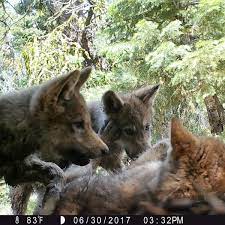
Wolves have never been reintroduced to California, instead they were returned to Yellowstone, re-entered Oregan back in 1999, and then entered California in 2008.
Short of a sudden sustained assault on their numbers, they are back in California and are likely to multiply over the next few decades to take back up their position as apex predators. This should not be feared in any way, with sensible management, it could end up benefiting California, with healthier ecosystems, less car crashes caused by wildlife amongst many other benefits.
Positive news from Borneo – reconnecting wilderness
One of the problems with cutting down rainforest, it often what is left is so fragmented that it is useless for conservation. Remaining blocks of forest must allow a viable population of the rarest creatures, in order for the animals not to need to travel outside protected areas.
In Borneo, like in Sumatra, there has been a rapid loss of rainforest over the last few decades. Often it is claimed that enough is left behind in order to conserve the animals that live there.

In Borneo, while there is still a large quantity of wilderness, this is increasingly fragmented.
Continue reading “Positive news from Borneo – reconnecting wilderness”Humpback whale sighting off Cornwall first in summer for a long time
African forest elephants are now considered critically endangered, and African savannah elephants endangered, are the Asiatic elephants safe? And are we killing one of the few hopes humanity has? A guide to what remains
The African savannah elephant has declined by 60% over the last 50 years, and the African forest elephant has declined by 86% over the last 31 years.
So how close are these species to disappearing? There are currently 415,000african elephants in the wild, spread across 23 countries.
Unfortunately, their situation is highly different on different parts of the continent. Botswana still supports 130,000 Savanah elephants, while Tanzania lost 60% of their elephants between 2009 and 2014 (though some reserves till have healthy populations), one place hit particularly hard was the Selous which 40 years ago had over 150,000 and currently hosts 15,000 elephants.
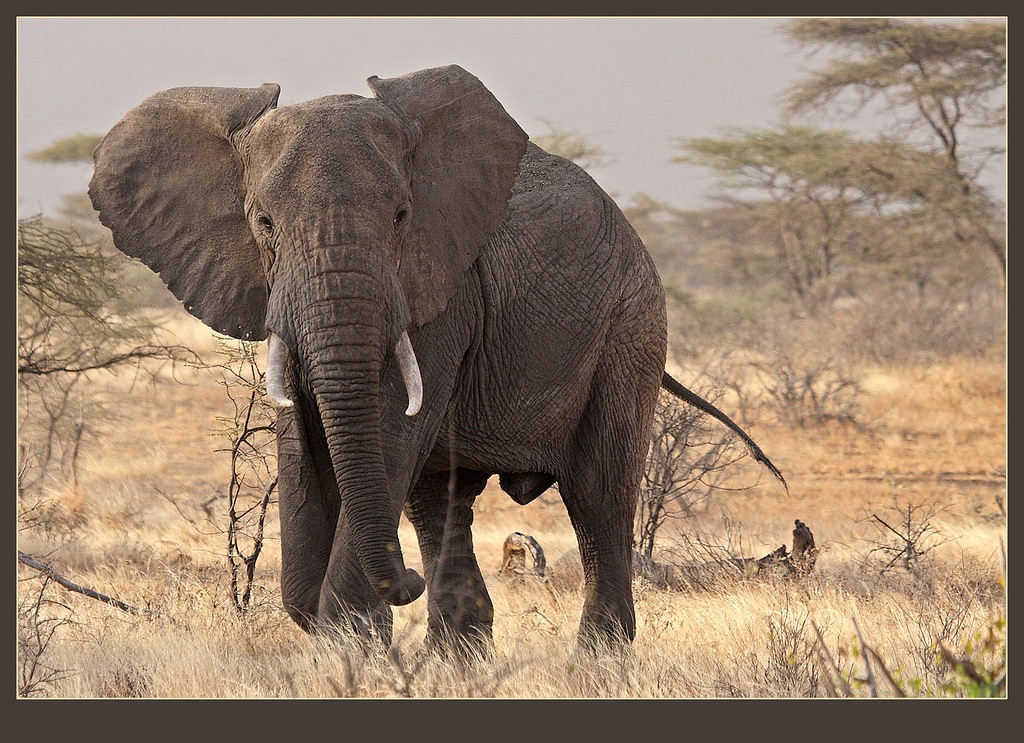
While the African forest elephant was only recognized as a separate species in 2021 (there has been much argument about its status), what is not in question is its horrific decline in numbers. Indeed finding a web page that gives you an accurate figure is hard work, This may well because one does not exist. There has been horrific population declines over recent years, and the density is incredibly varied across its range.
Unfortunately one thing is clear, in areas of the Congo rainforest where elephants have lost, the forest does less well. There are many plant species which rely on elephants to carry their seeds from from where they are dropped. As such, without forest elephants we are likely to loose many species of trees – to the extent that it might threaten the survival of the Congo rainforest itself.
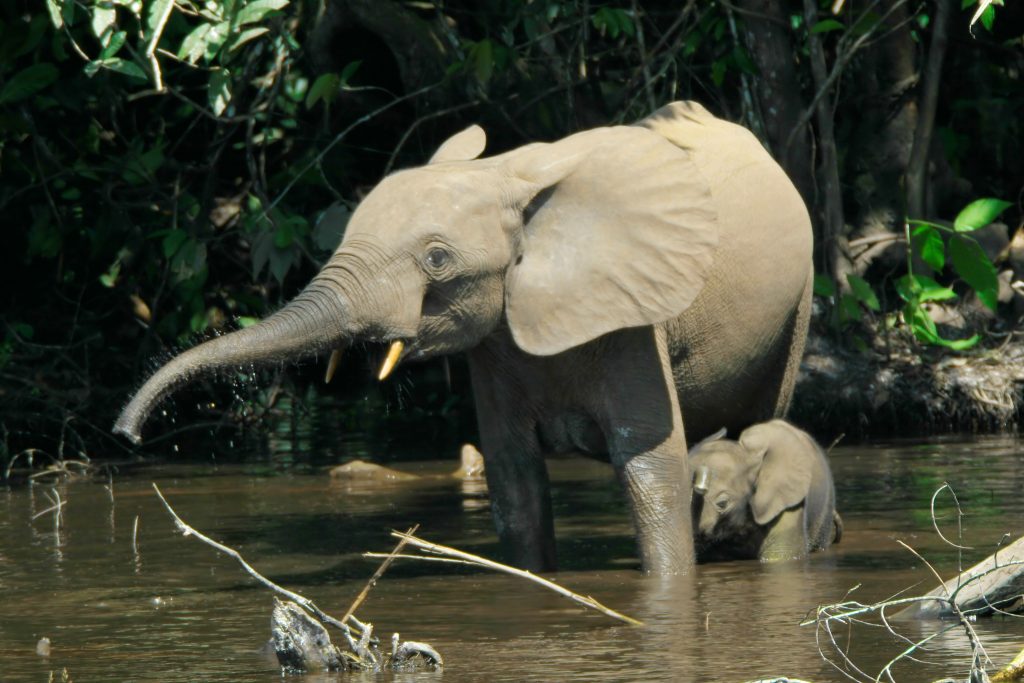
So how are Asiatic elephants doing? Unfortunately not great. There are 5 subspecies
First, the Indian elephant. This is the best known and most wide spread. Currently their Indian population is thought to be between 27,000 and 31,000, with between 10,000 and 14,000 across another 10 countries. While I am listing 4 subspecies these all look relatively similar.
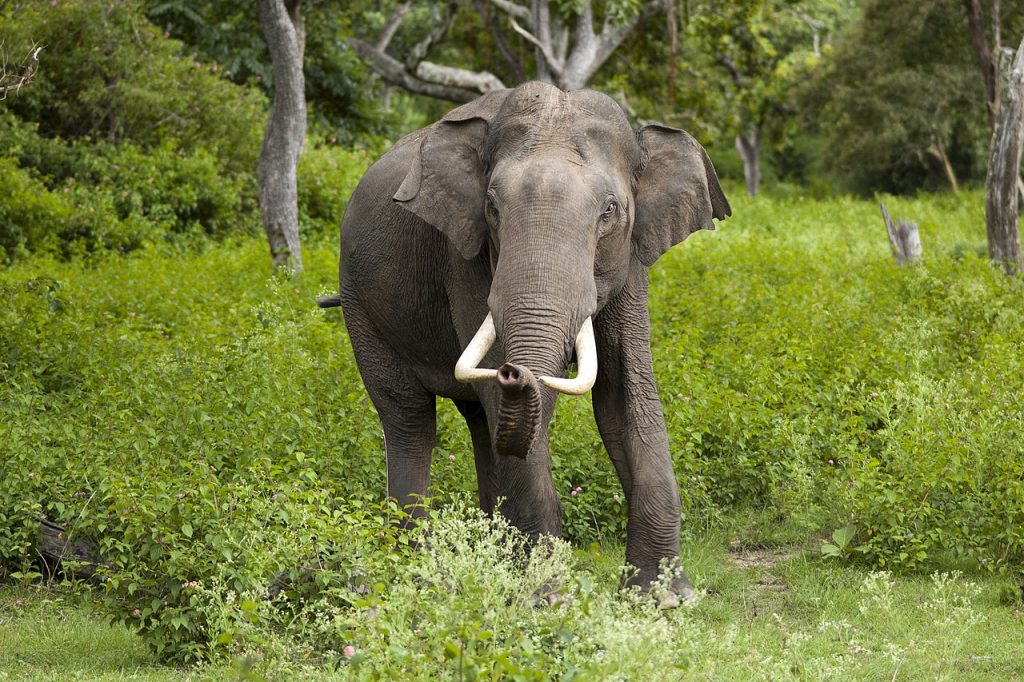
Borneo elephant – the most positive estimate, suggests that there are 1500 remaining in the rainforests of Borneo
Sumatran elephant 2400-2800
Sri Lankan elephant 7500
Syrian elephant – this species was lost as much as 1000 years ago, and occupied the western most part of the Asiatic elephant range.
As such what is clear, is that while African elephant populations are falling fast there is time to check this decline. The Asiatic elephant populations are far more in danger.
The Indonesian rhinos that once roamed across much of Asia
The wildlife of Indonesia now often looks like relatively unique to those islands. This is not the natural state of affairs. 60,000 years ago, a cousin of the orangutan lived on the mainland. Unfortunately, what appears clear, is that humans were responsible for the extinction of these animals as with so many more.
There are 2 species of Indonesian Rhino, the Javan rhino and the Sumatran rhino. Now it should be noted that these names are not an indication of a small range (or if it is, it is wrong) in reality, both rhino species were far more widely spread. Indeed mainland specimens lived within the 21st century.
Continue reading “The Indonesian rhinos that once roamed across much of Asia”West african Lion spotted in a reserve in Chad that has not recorded one since 2004
A lioness has been spotted in a reserve in Chad, which has not recorded one since 2004!

Lions have not been spotted in the Chad national park of Sena Ouro since 2004, it is not clear if a few lions hung on for the last few decades or if lions have migrated over from a park the other side of the border in Cameroon, where the lion population is a little more healthy.
Continue reading “West african Lion spotted in a reserve in Chad that has not recorded one since 2004”Another report stresses the importance of rewilding for climate change, and reintroductions
A report has calculated that the reintroduction of 9 species would do so much benefit to the ecosystems that they are found in, that these reintroductions would help us to keep global warming to 1.5° C.
While some of these would require human adaption, many would have benefits far beyond climate change.
These species are
Continue reading “Another report stresses the importance of rewilding for climate change, and reintroductions”
